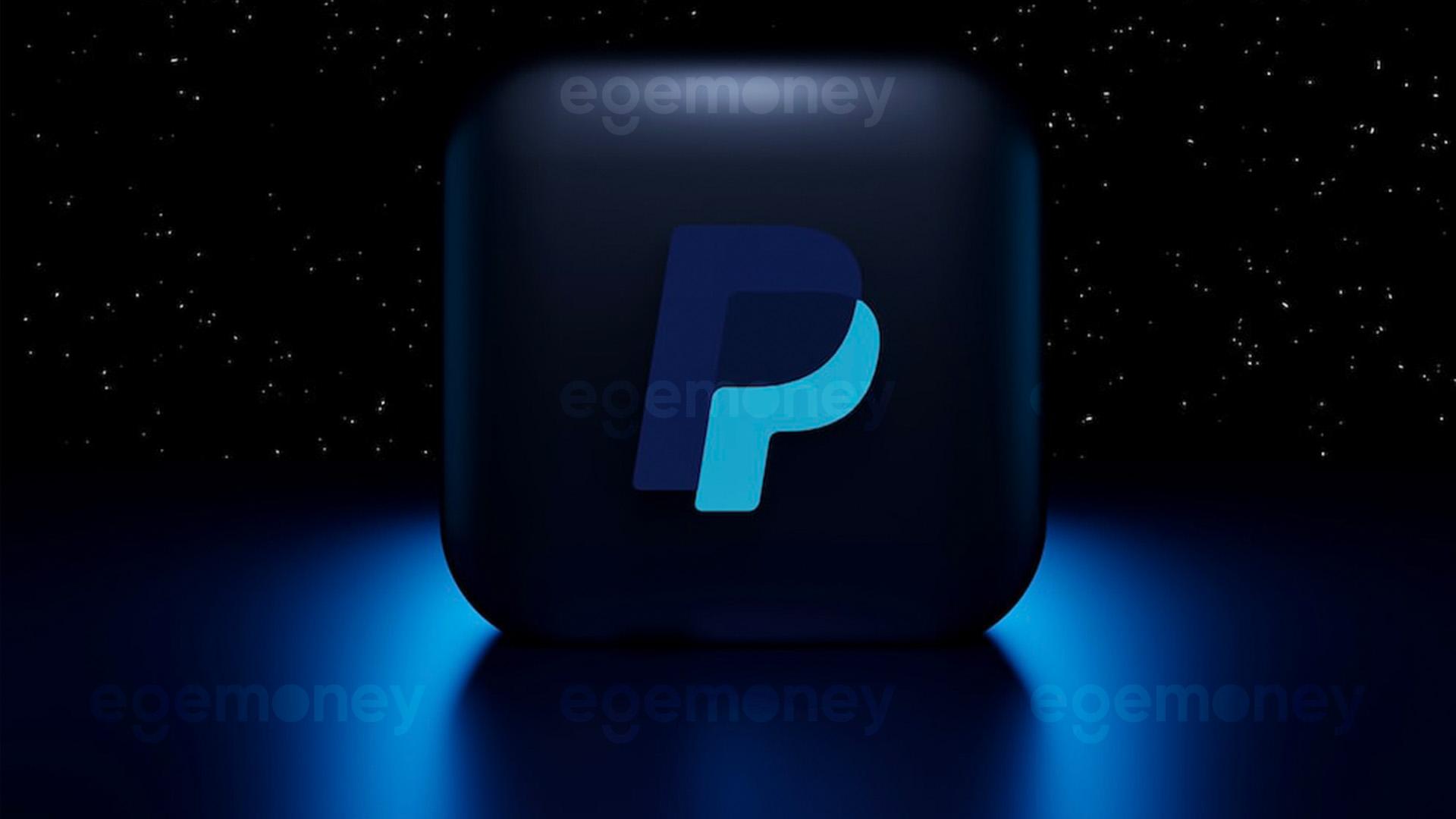According to Bank of America’s new report, it’s mentioned that PayPal’s new stable coin, PYUSD, won’t achieve the anticipated adoption in the near future. The report cites increasing competition and lack of interest from investors as reasons.
The report claims that the financial giant’s new stable coin is great for the digital asset community and the company, but it may struggle against competitors like Tether (USDT) and USD Coin (USDC).
“Investors may have been fine holding non yield bearing stablecoins such as Tether (USDT) and USD Coin (USDC) when rates were close to zero, but yield-bearing stablecoins will likely become increasingly available and attractive with short term rates above 5%.”
The main criticism towards PYUSD is that the company is focusing on exploring alternative revenue strategies rather than the return on its reserves. The company plans to promote adoption through a centralized finance structure by using a tight market mechanism.
The bank states that PYUSD may face challenges in the future due to reasons like the absence of new functionalities, wallet compatibility, and lack of trading pairs.
Bank analysts Alkesh Shah and Andrew Moss argue that most investors aren’t concerned about which stable coin they hold because these coins are generally safe and accessible. While the bank concludes that adoption might slow down, it highlights that PYUSD’s integration within the PayPal ecosystem will enhance the customer experience.
PayPal introduced PYUSD to the digital asset community, anticipating more centralized financial institutions to adopt and support cryptocurrencies.
PYUSD will first be available on PayPal, followed by Venmo, marking it as the first stable coin to be launched by a major traditional finance company.
Can PYUSD Grab Its Share?
In the stable coin market, there are big players like USDT and USDC with market caps in the billions, but it’s known that this market faces some challenges, including regulatory concerns.
Bank of America mentions that as PYUSD progresses towards its peak, it could have advantages in new areas like “blockchain-enabled asset transfers, payments, and remittances.”
PayPal’s Vice President Jose Fernandez da Ponte expressed that their stable coin will provide value to users by acting as a bridge between crypto and fiat, integrating with countless sellers on PayPal, and aligning with regulatory practices.
“There are $120 billion of stablecoins out there and we expect that we will capture a market share there, but we also expect that we will help enlarge the pie.”
A new study released by Bernstein this week predicts that the stable coin market will grow by 2,140% in the next five years, reaching $2.8 trillion. If this happens, new entrants like PYUSD might perform better with increasing demand.







